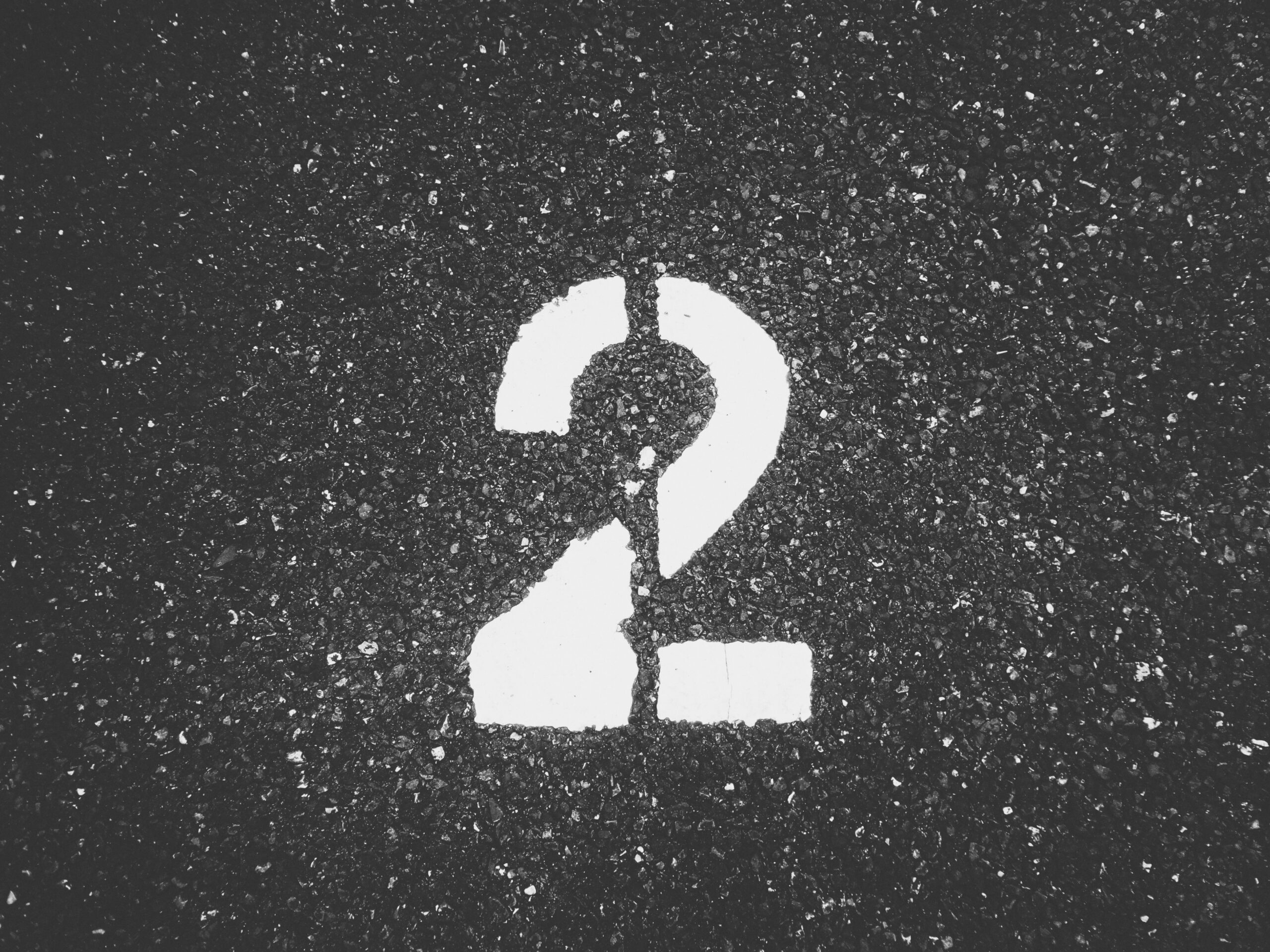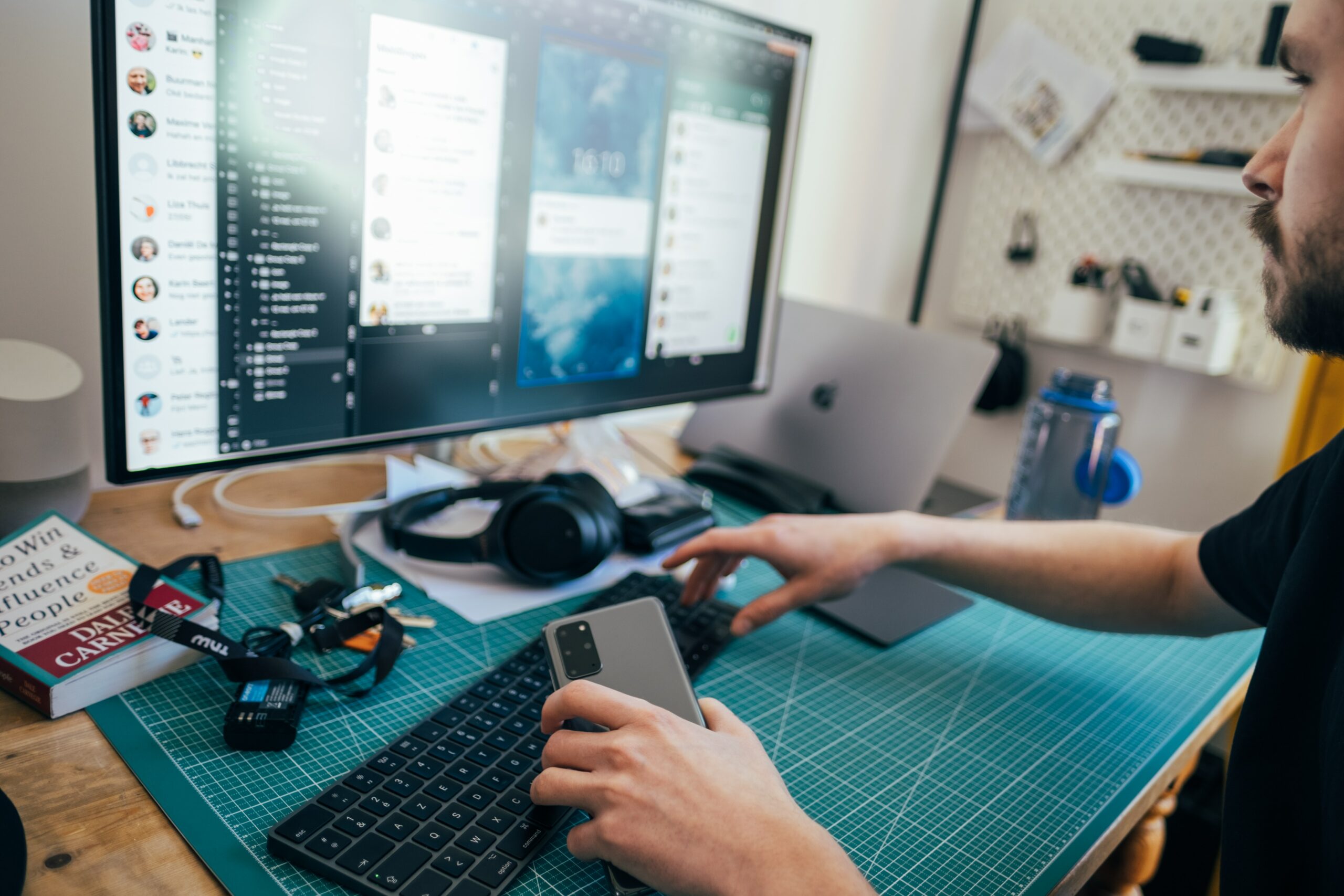How do we start getting men more engaged in diversity and inclusion?
So you had a brilliant international women’s day, huh? Maybe you got good attendance from across your whole team, men and women. Or maybe not. So how do you get more men to come along and have a serious conversation about gender equality?
So beyond the usual obvious stuff about offering freebies (food, drink, merch, etc.), here’s 4 things worth considering:
1. Get them talking
Making sure that this is a dialogue where everyone’s lived experience is considered can make a real difference. A come sit with me red chair event is a pretty good start – https://www.sitwithme.org. This encourages everyone to share a story that is personal to them. It can be about how diversity has affected them or it could just be about someone who was an inspiration to them. Sharing experience like this begins to break down the barriers a little.
2. Make it fun and interactive
Even with a great keynote speaker or brilliant presentation material, it can still be hard for people to give up their precious time to listen. Try events like the following that are quite easy to set up but get people talking to others that they might not normally interact with and really sound like fun. You can always follow up with a great presenter next time.
https://www.youtube.com/watch?v=jD8tjhVO1Tc
https://www.youtube.com/watch?v=4K5fbQ1-zps
3. Find the natural champions
Build a network of like-minded people who can begin to mobilise others around them. So how do you find out who they are? According to this excellent (crikey, over 10 years old!) research by Catalyst (https://www.catalyst.org/research/engaging-men-in-gender-initiatives-what-change-agents-need-to-know/), they suggested 3 factors that predicted higher awareness of gender bias.
Firstly, look for men who dare to defy masculine norms – perhaps those that work flexibly, have taken their full allocation of parental leave or seem to deliberately avoid the “old boys’ network”. Secondly, men who have or have had a female mentor are far more likely to have increased knowledge of gender biased experience. Lastly, men who exhibit a strong sense of fair play – maybe a trickier one to identify, but look our for those that openly want to discuss a lack of fairness in wider examples of inequality in society.
4. Make it about them
There are lots of articles, research and ted talks that make it clear that gender equality is good for everyone. I have often used a brilliant ted talk by Michael Kimmel (why gender equality is good for everyone) that lays out the benefits to men of a more gender equal society.
However, there is now increasing research showing the price men can pay in both physical and mental health in trying to live up to male stereotypical norms. Again, the above Catalyst report, it talks about the pressure men face to always be a winner, to not show emotion or weakness, to be a man’s man.
Getting men to open up and explore how they feel about their health and their mental well-being can be very powerful. It is a starting point for a conversation and maybe, it means that by showing a little bit of vulnerability, they can become more active in listening to the daily concerns of people around them – especially their female colleagues.
If you do try doing any of these with the men in your team and organisation, please feel free to let me know how you got on.
One final point, if you really want to get men along to a women’s event (and there are lots of good reasons that you should – men need to hear what women have to say a whole lot more), then try and find a way of not having the word woman in the title. Clearly, not appropriate for International Women’s Day, but there are times when it can be done and with a little bit of creativity, e.g. if you can just subtly rename it, you are likely to get more men, even if the subject is largely about women.













